

Discover more from Beyond the Rood
Every few years UFOs and the possibility of extraterrestrial life seem to capture our cultural attention for about a 2-3 week period, usually due to an ex-government whistleblower presenting some new piece of evidence that sparks up the public discourse around aliens again, which is exactly what happened this time around. For the last week or so people have been discussing, debating, and postulating their personal theories about sentient life outside our planet because an Air Force veteran by the name of David Grusch claimed that the US government was hiding evidence of alien life and has possession of a number of “non-human vehicles.”
I am not here to get lost in the minutiae of each individual case where this has happened. As everyone knows, it's quite easy to get lost going down those rabbit holes. I am also not here to share my opinion on the source of these so-called “UFO sightings”, whether they are a government conspiracy, whether they are civilians making them up for attention, or any other theory that may or may not have merit to it. What I am seeking to accomplish is to highlight the symbolic pattern that, despite being rather new at a granular level, is really quite ancient at a meta-level.
The Marginalia of the World
It is not exactly a surprise to most people that ancient and medieval people thought monsters lived on the edge of the world. One only has to look at a world map from the Middle Ages to see the kinds of fantastic creatures they thought were dwelling in the far reaches of the world. These maps often depicted sea monsters out at sea and strange hybrid creatures that were part human and part beast. The current UFO phenomenon is a manifestation of that same pattern. It is modernity’s version of the hybrid creatures lurking beyond the walls of the city.
The image of the Psalter Map above shows a group of monsters in the far east (what was considered the edge of the world in the Jerusalem-centric medieval model). As we move away from the center of the map we see all sorts of strange creatures thought to live on the edge of the world.
This idea of monsters living on the margins is well-documented in the medieval world. The Wonders of the East for example is an Old English text written around the 10th-11th century in Anglo-Saxon England. The manuscript is found within the Nowell Codex which also happens to contain the only extant copy of the Beowulf poem. This prose text contains numerous illustrations and descriptions of odd magical creatures thought to live in the far eastern regions of the world in the lands near India, Persia, Egypt, and beyond.
Outer space serves the same function for the modern man that the unexplored territories beyond the edge of civilization did for the medievals. This is why modern sci-fi media always understands space travel as a sort of voyage into “uncharted waters” where we encounter strange and bizarre creatures. In a disenchanted world that really doesn’t have any new unexplored territories left, that sense of wonder, mystery, magic, danger, and potentiality is projected out beyond our own world into what has become the new uncharted waters. As many of the early sci-fi shows such as Star Trek stated, Space has, in fact, become the “final frontier" for mankind.
The idea of going on a space voyage to discover weird humanoid creatures living in the unexplored regions of the galaxy is the same pattern as Columbus seeing sirens in the Atlantic Ocean or Alexander the Great encountering Cynocephaly on the edge of the world. Interestingly, the Nowell Codex also contains manuscripts of The Life of Saint Christopher as well as a translation of The Letter from Alexander to Aristotle. Although these texts are not directly related to each other historically, there is a fascinating symbolic connection between them. They are, in a sense, of a piece in that there is a common theme among them, namely, encounters with strange monstrous creatures (St. Christopher the dog-headed saint, Alexander’s encounter with the dog-headed men, the monsters within the Beowulf poem [most especially Grendel and the dragon], and of course the numerous creatures described in the Wonders of the East).
The fascination with extraterrestrial life comes from this same primordial fear and fascination mankind has always had of the unknown and unpredictable world beyond the wall — the monsters that live on the margins.
This symbolic understanding is seen within the marginalia of medieval manuscripts. Anyone who is familiar with literature from the Middle Ages will know that found within the margins on the edge of the pages of many medieval texts are found bizarre drawings of strange creatures. The Rutland Psalter (ca. 1260) is a great example of this:
These texts give us some insight into the medieval mind and how they understood the meaning of the margins or the edge. It is on the margins that we encounter the strange, the bizarre, the monster, the fantastic, the hybrid, etc. In the center is where we find order and structure and identity, but on the edge is where things become chaotic, outlandish, and fragmented.
For most modern people, the idea of monsters living on the edge of the world sounds like a ridiculous, silly, ignorant, unenlightened medieval superstition that we are all too sophisticated to believe now. “Oh, those fools! If only they knew what we know!” And yet, how many times have you heard someone say “The universe is way too big for us to be the only intelligent life in it!” It would appear modern man has not let go of his “silly superstitions” we have just convinced ourselves that we have valid scientific reasons for believing in them…
Most people still believe in the monsters living on the edge of the world, the only difference is a matter of location. For us, the edge of the world is outer space, and there are an infinite number of extraordinary creatures waiting to be discovered.
Sci-Fi and the Fairytales of the Future
In many respects, science fiction serves as a sort of imaginative anchor to the future in the same way the middle ages serve as an imaginative anchor to the past (it is after all not a coincidence most fairytales and even modern fantasy stories such as The Lord of the Rings or A Song of Ice and Fire take place in a medievalesque world). I do not point this out to praise or denigrate science fiction as a genre (although I confess it is far from my favorite form of literature) but to show how our rejection of traditional stories juxtaposed with our acceptance of modern myths in the form of science fiction really is a type of modernism.
Science fiction stories are essentially futuristic fairy tales with magic in the form of technology and monsters in the form of aliens, and yet I imagine for most people they seem somehow more reasonable than our traditional mythologies. Once a story is wrapped in a thin veneer of “science stuff” the modern mind is all of a sudden open to all sorts of imaginative possibilities. People still believe in fairytales…they just call it science fiction to make them sound more reasonable to modern people who have more respect for science than religion and mythology.
One cannot help but laugh at the irony of people who think demons and angels don’t exist but are fully willing to believe a super-intelligent alien species is secretly visiting and acting on our world behind the scenes. Well…both of those are really describing the same thing. Fascination with the demonic is almost identical to the fascination with extraterrestrial life, and when one thinks about it, it becomes clear that the concept of aliens is another way modern people believe the same thing the ancients did while trying to make it sound more scientific and therefore more reasonable to our post-Enlightenment sensibilities.
In many ways, we still think the way our ancestors did, but in our hubris we convinced ourselves we have a more reasonable justification for it. There are still monsters lurking on the edges of the map. The obsession with space exploration stems from the same fascination that drove the great adventurers of old to sail into the Far East and tell wild tales about the bizarre encounters they had with the monstrous creatures who lived there. It is the same pattern as the legends of Alexander the Great or Marco Polo traveling to the ends of the earth. It is as if we cannot escape our fascination with the foreign and the potential and opportunity that comes with boldly going where no man has gone before. At the end of the day, modernity has really just traded one kind of monster for another and called it “science.”
Giants, dragons, demons, elves, goblins, and faeries exist in all mythologies, and the modern myths we tell ourselves are no exception. I’ll let you decide which one aliens are, but I think Fr. Seraphim Rose gives us a helpful clue:
We live near the end of this fearful age of demonic triumph and rejoicing, when the eerie “humanoids” (another of the masks of the demons) have become visible to thousands of people by their absurd encounters take possession of the souls of those men whom God’s grace has departed. The UFO phenomenon is a sign to Orthodox Christians to walk all the more cautiously and soberly on the path to salvation, knowing that we can be tempted and seduced not merely by false religions, but even by seemingly physical objects which just catch the eye. In earlier centuries Christians were very cautious about strange and new phenomena, knowing of the devil’s wiles; but after the modern age of “enlightenment” most people have become merely curious about such things and even pursue them, relegating the devil to a half-imaginary realm.
— Fr. Seraphim Rose, Orthodoxy and the Religion of the Future

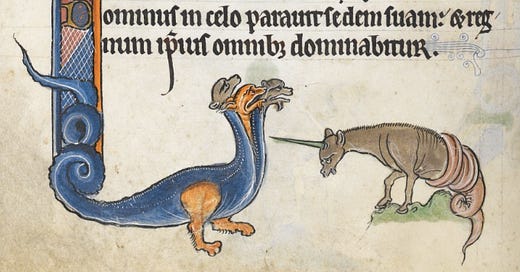



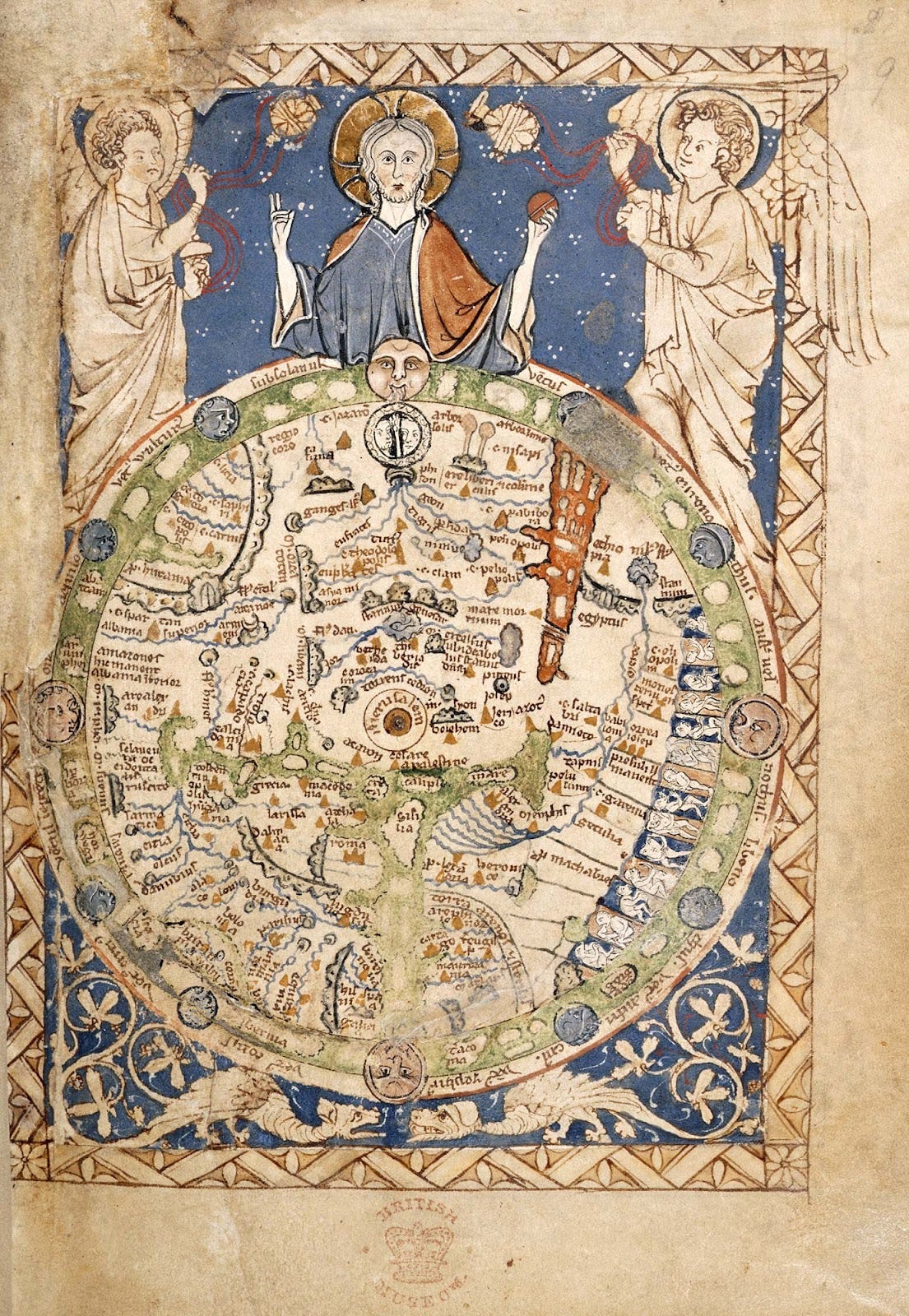
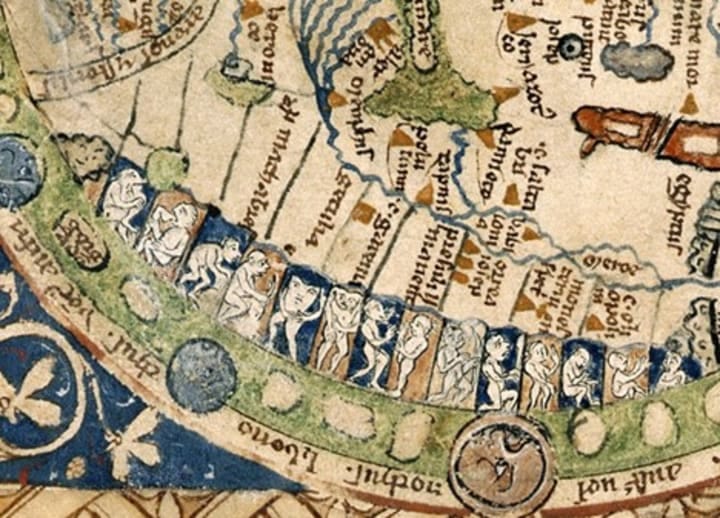
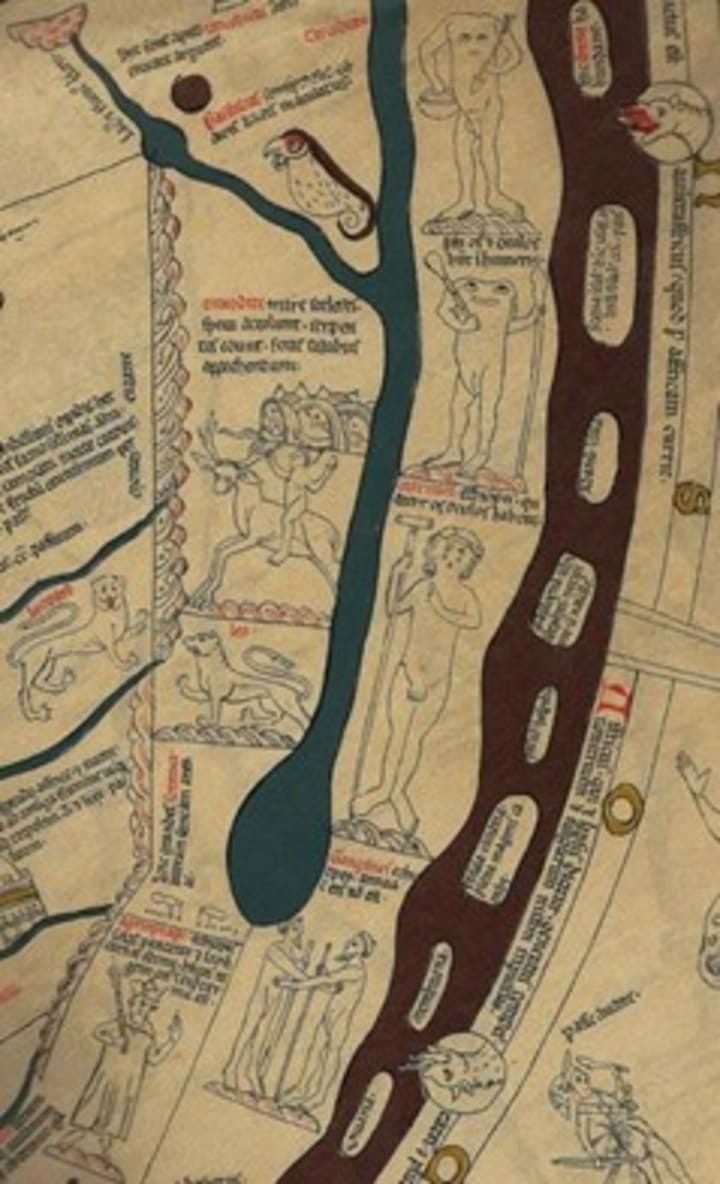
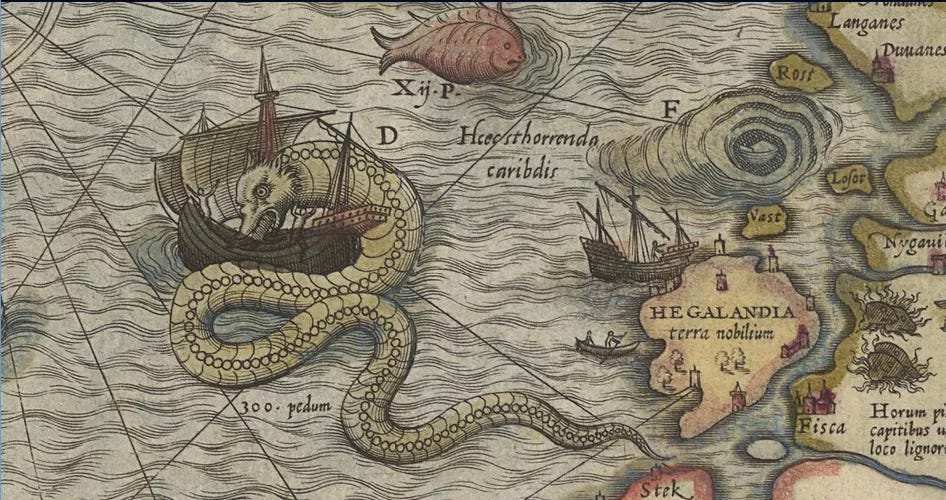
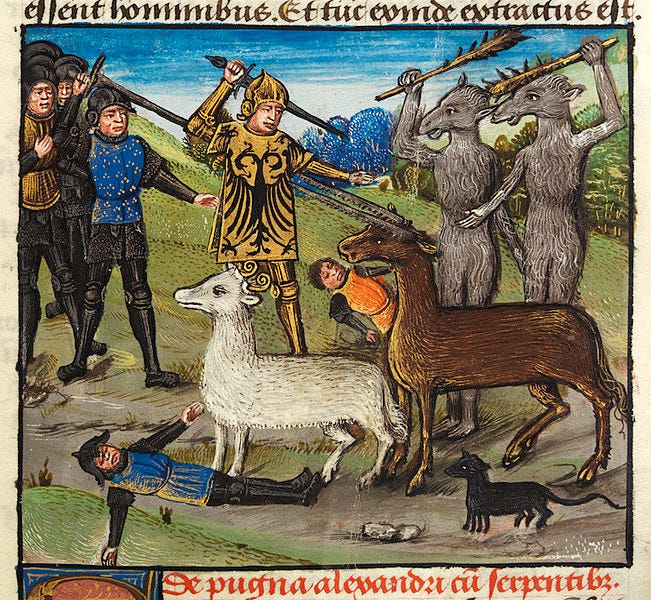

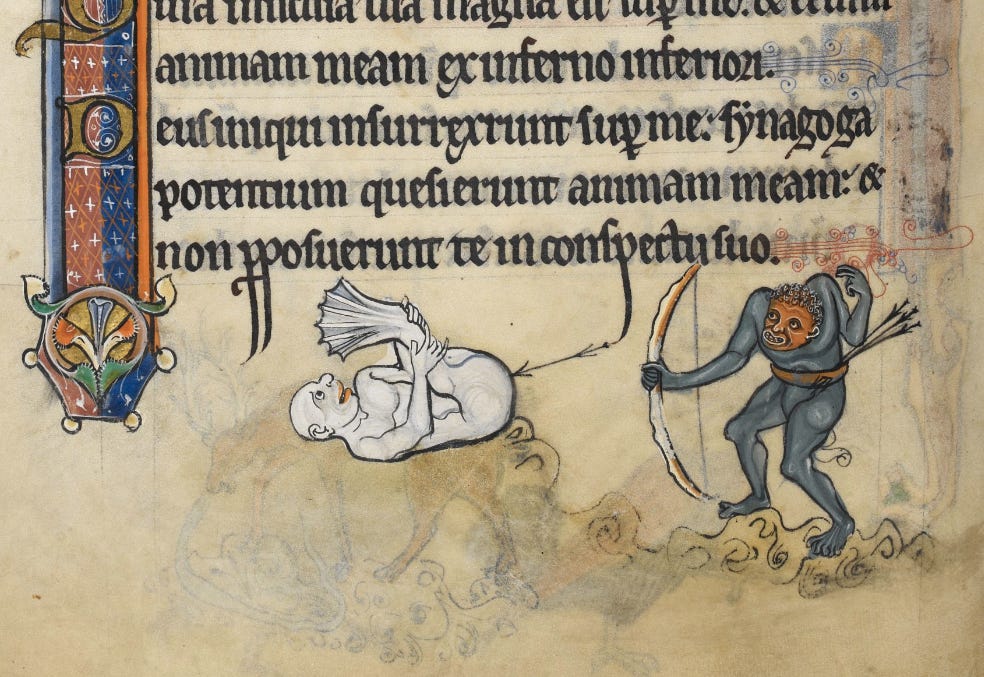
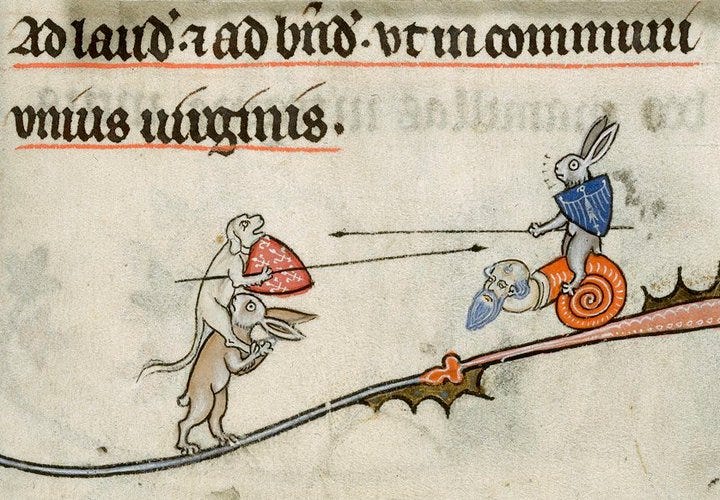








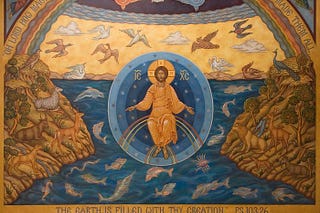


Great post.
There is clearly a link between aliens and the occult. Even to the point, where an alien possesses a person’s body and speaks through them.
Also science fiction didn’t occur until the scientific analysis of history, when all the “fairy tales” were abandon. And People started asking - ‘what really happened?’
The current obsession with finding life on other planets is also related to an express desire to negate humanity/earth as anything special or beloved by God. Moderns see it as the final blow against God's existence to find water on Mars or whatever. I feel that's another way the demonic obsession leads the moderns astray -- the aliens are beckoning us out to the margins saying "fix your eyes on us, because if you find us, you'll have proved God doesn't exist and that the whole universe is yours to control."